
Tongli Quartz Sand Dryer is a high-efficiency equipment designed for processing high-humidity quartz sand. It is widely used in construction, glass, casting and other industries. The equipment adopts a 3-5-layer cylinder structure with a processing capacity of 5-100 tons/hour. It can dry quartz sand with a humidity of up to 15-20% to less than 1%. Through the full contact between the high-temperature airflow and the material, the drying efficiency exceeds 85%, and the energy consumption is reduced by about 30% compared with traditional dryers. In addition, the drying temperature can reach 300-800℃, ensuring efficient evaporation of moisture and uniform drying of materials, ultimately improving the quality and stability of quartz sand products.

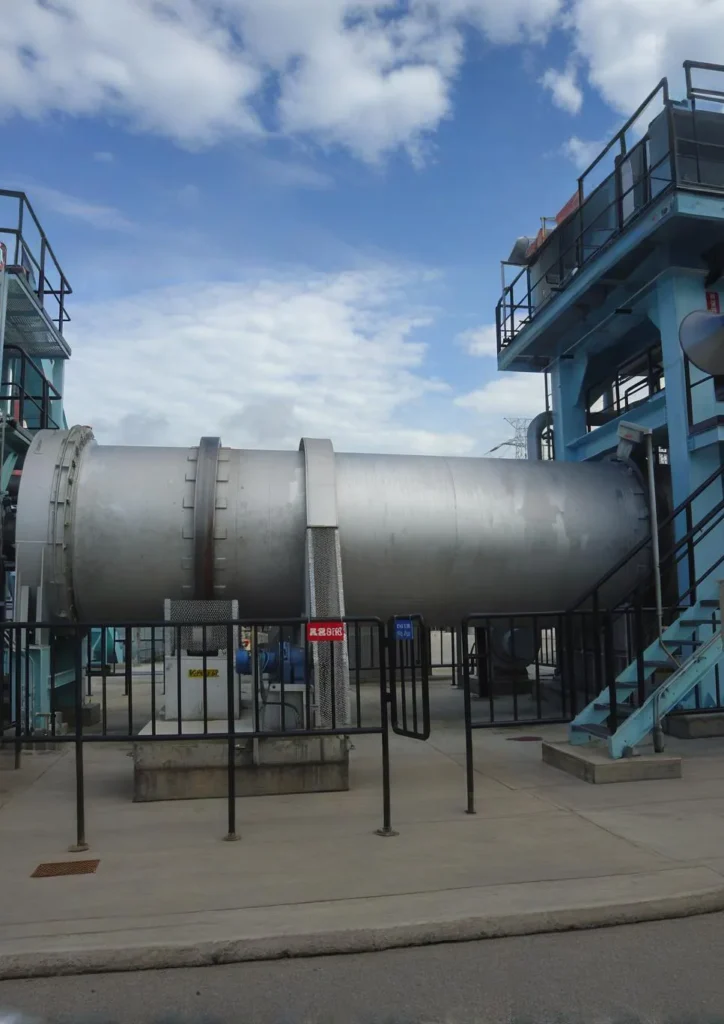
Efficient Quartz Sand Drying Solution
A MACHINE YOU CAN DEPEND ON!
Tongli Quartz Sand Dryer is suitable for granular materials, and can also be used for some sticky paste materials or materials with high water content. It is commonly used for drying sand, river sand, slag, coal slag, quartz sand, etc.
All rotating parts of Tongli quartz sand dryer are subjected to high-precision dynamic balancing treatment, and the residual imbalance is less than 5g·mm/kg. It significantly reduces equipment vibration, improves operating stability and energy efficiency, and extends bearing life.
The surface of Tongli quartz sand dryer equipment is sandblasted and then epoxy resin sprayed. The coating thickness is 200-250 microns, the corrosion resistance is increased by 50%, the service life of the equipment is extended, and it can adapt to harsh working environments
Tongli dryer adopts "self-aligning roller device" to make the cooperation between the roller and the roller ring always in linear contact, thereby greatly reducing wear and power loss; the product particle size and moisture can be controlled according to user requirements. When drying coal slime, the product moisture can reach below 8%, and the particle size can be controlled below 8mm.
| Model | Motor Power (kw) | Cylinder Speed (r/min) | Dimensions (L×W×H) (Reference) | Estimated Capacity (t/h) |
| Φ1×8m | 5.5 | 3-6 | 8×1.9×2.1 | 5-8 |
| Φ1×10m | 5.5 | 3-6 | 10×1.9×2.1 | 8-10 |
| Φ1.2×10m | 7.5 | 3-6 | 10×1.9×2.1 | 10-12 |
| Φ1.2×12m | 7.5 | 3-6 | 12×1.9×2.1 | 12-15 |
| Φ1.5×12m | 15 | 3-6 | 12×2.6×2.8 | 15-18 |
| Φ1.5×14m | 15 | 3-6 | 14×2.6×2.8 | 18-22 |
| Φ1.8×14m | 18.5 | 3-6 | 14×3.0×3.0 | 22-25 |
| Φ1.8×18m | 22 | 3-6 | 18×3.0×3.0 | 25-30 |
| Φ2×18m | 22 | 3-6 | 18×3.2×3.2 | 30-35 |
| Φ2.2×18m | 30 | 3-6 | 18×4.0×3.8 | 35-40 |
| Φ2.2×20m | 30 | 3-6 | 20×4.0×3.8 | 40-45 |
| Φ2.4×18m | 37 | 3-6 | 18×4.0×3.8 | 45-50 |
| Φ2.4×20m | 37 | 3-6 | 20×3.6×3.6 | 50-55 |
| Φ2.8×14m | 75 | 3-6 | 14×4.6×4.6 | 55-60 |
| Φ2.8×18m | 75 | 3-6 | 18×4.6×4.6 | 60-65 |
| Φ3×20m | 110 | 3-6 | 20×5.0×5.0 | 65-70 |
| Φ3.2×18m | 132 | 3-6 | 18×8.0×7.0 | 70-75 |
| Φ3.2×20m | 132 | 3-6 | 20×8.0×7.0 | 75-80 |
The shape of quartz sand directly affects its surface area and packing characteristics, which in turn affect the drying effect. Sand with high roundness packs more tightly and has better heat conduction, but may affect air circulation.
Angular sand has the opposite effect, which is conducive to air circulation but poor heat conduction. Grain shape is usually evaluated using microscopic observation and image analysis software, and the evaluation parameters include roundness (0-1, 1 is completely round) and sphericity.
In industrial applications, the ideal quartz sand roundness is usually between 0.6-0.8 and the sphericity is between 0.7-0.9. This grain shape ensures sufficient contact area for effective heat transfer and maintains an appropriate porosity (usually 25-35%) to ensure good air circulation, thereby achieving efficient and uniform drying.
The specific heat capacity of dry quartz sand is about 0.8 kJ/(kg·K). This means that it takes 0.8 kJ of energy to raise the temperature of 1 kg of quartz sand by 1°C. In industrial drying, knowing the heat capacity helps to accurately calculate energy consumption and optimize the heating process.
For example, to heat 1 ton of wet sand at 20°C to 120°C (assuming a 5% moisture content), about 80,000 kJ is required just to heat the sand, excluding the energy required to remove the moisture. The actual energy consumption may be higher, taking into account heat loss and equipment efficiency (usually 60-70%).
By accurately controlling the heating curve and using waste heat recovery systems, energy consumption can be reduced by 15-25%. In addition, when batching, the energy utilization can be further optimized by properly arranging the batch size.
The Mohs hardness of quartz sand is 7, second only to corundum (9) and diamond (10). This high hardness makes quartz sand highly wear-resistant, but it also causes significant wear to the drying equipment.
The interior of the equipment, especially the parts that are in direct contact with the sand (such as screw conveyors and mixing blades), are subject to continuous wear. To reduce wear, the following measures are usually taken:
1) Use carbide or ceramic coatings to extend the life of components by 2-3 times;
2) Optimize air flow velocity and sand flow path to reduce high-speed collisions;
3) Regular inspection and maintenance, usually a comprehensive inspection every 1000-2000 hours. These measures can extend the service life of the equipment by 30-50% and significantly reduce maintenance costs.
The internal friction angle of dry quartz sand is usually between 30-35° and the repose angle is about 33°. These parameters directly affect the flowability and stacking characteristics of quartz sand in the dryer.
The design of the feed chute and discharge port of the dryer needs to take this angle into account, and the design angle is usually 5-10° greater than the friction angle to ensure smooth material flow.
For rotary kiln dryers, the inclination angle of the drum is usually set at 1-3°, which combined with the internal friction angle of 30-35° can achieve an ideal material movement trajectory.
In addition, understanding the friction angle helps to calculate the power requirements of the equipment and prevent blockages, thereby optimizing equipment design and operating efficiency.
Quartz sand is mainly composed of silicon dioxide (SiO2), usually with a content of more than 95%. It is a common mineral formed by quartzite through weathering, water transportation and deposition.
Quartz sand particles are translucent or milky white, with high hardness (Mohs hardness 7) and corrosion resistance. In addition to silicon dioxide, quartz sand may also contain small amounts of impurities such as iron, aluminum, and calcium.
High-quality quartz sand has a SiO2 content of more than 99.5% and is widely used in industries such as glass manufacturing, casting, water treatment, and construction.
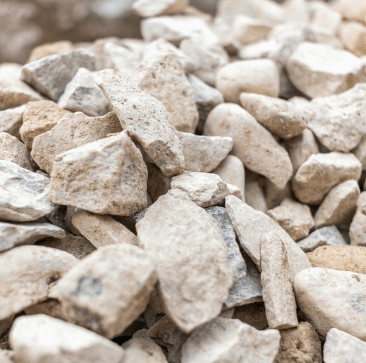
The dryer efficiently dries quartz sand, reducing moisture content for use in glass, foundry, and construction industries

Ideal for drying silica sand, the dryer minimizes moisture, making it suitable for use in electronics, glass, and ceramics production
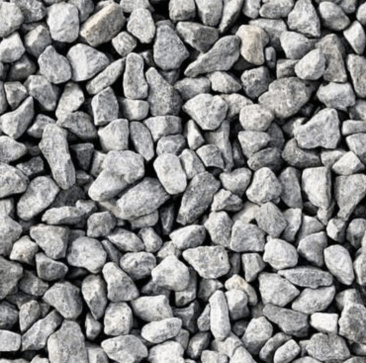
The dryer processes foundry sand, reducing moisture content for reuse in metal casting, ensuring optimal performance and quality
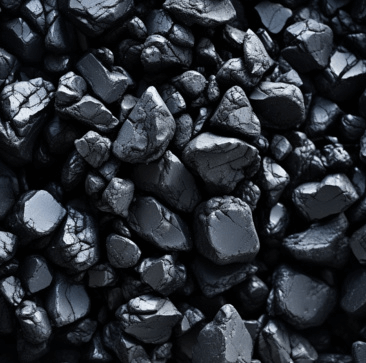
Suitable for drying frac sand, the dryer reduces moisture for enhanced flow properties in hydraulic fracturing applications
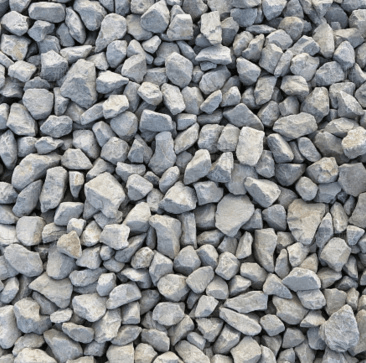
The dryer handles silica gravel, reducing moisture content for use in construction, water filtration, and other industrial applications

Efficient in drying river sand, this dryer minimizes moisture, improving its quality for use in concrete, mortar, and landscaping
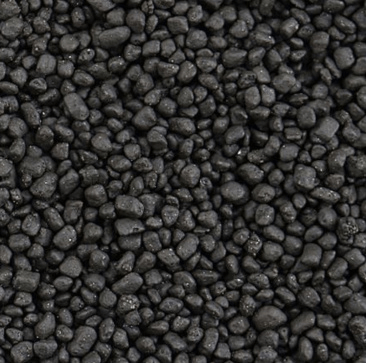
The dryer processes sea sand, reducing moisture for use in construction, filtration systems, and other specialized industries
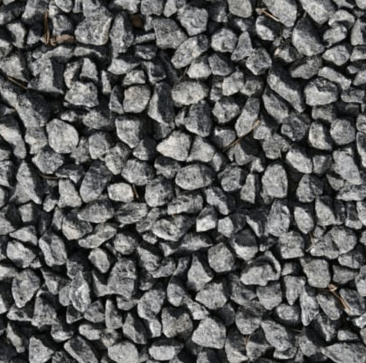
The dryer handles construction sand, reducing moisture content to improve its quality for use in concrete production and road construction
You can get in touch with us through the following contact information
AddressNo. 2289 Huancheng South Road, Tongxiang, Jiaxing, Zhejiang Province, China. Zip code:314500
Please fill in the sales inquiry form and our sales representatives will be in touch shortly.